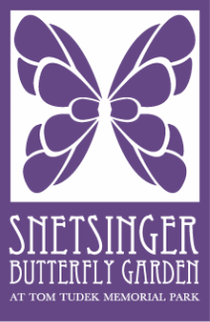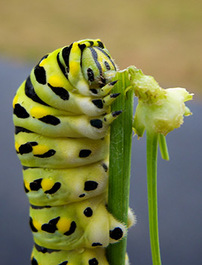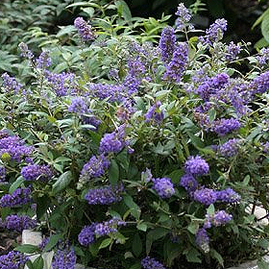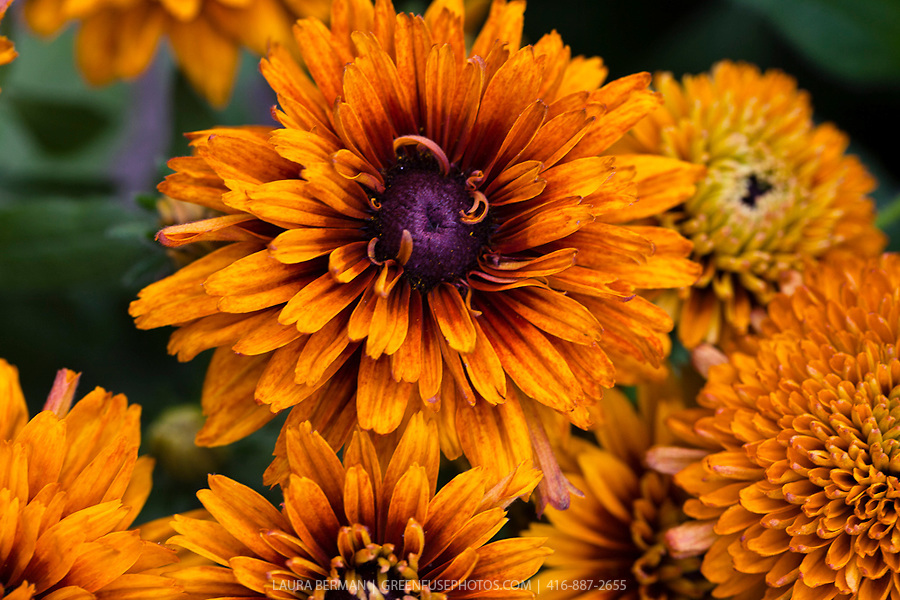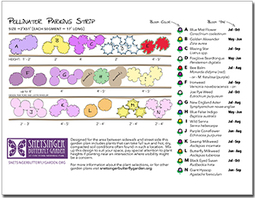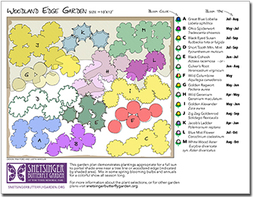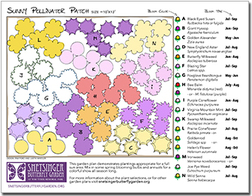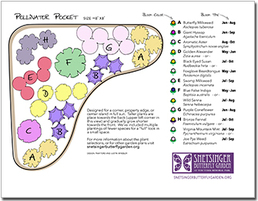picking plants for pollinatorsNot all flowers are the same when it comes to supporting pollinators. Like us, different pollinators prefer different flowers. With so many choices and considerations, it’s easy to become overwhelmed - but here are some tips to get you started in the right direction.
Select native plants as the foundation of your garden stock. Native plants are four times more attractive to pollinators than non-natives. What is a ‘native plant’? Click here to learn more: Why Plant Natives or Use our Plant Directory to browse a selection of the 200+ native plants found in our habitat.
|
About the ProjectGETTING STarted:: plant selectionReady, set, plant!TIPS & maintenanceCertify your gardenneighborhood contacts |
|
The Spice of Life...
Select flowers with a range of shapes, sizes and fragrances. Different pollinators favor certain shapes of flowers. Because butterflies are not able to hover, they need a flower shape with a wide landing pad or clustered flowers for landing. Many native bees will visit a wide range of flower shapes including tubular flowers like bee balm and penstemon. Plan for a succession of bloom. Plan to plant a season long buffet of flowers that bloom from early spring through late fall, and mix in annuals to provide a continuous food source for a wide variety of butterflies and other pollinators. Not sure where to start? We've identified six picks for a season of blooms in this article. Keep it colorful.
Choose different colors, to attract a variety of pollinators. In general, bees are attracted to blues and yellows, and butterflies to bright colors, especially orange, red, yellow and purple. Be a good host!Don’t forget host plants! Host plants provide essential food for caterpillars. Butterfly larvae often restrict themselves to a single species of host plant or a single group of closely related plants (plant family). For example, milkweed is the host plant of the monarch caterpillar. Did you know - ⅔ of butterfly host plants are trees and shrubs!
Click here to download a list of host plants for butterflies common to our area. |
|
what NOT to plantNon-native Invasives: Non-native invasive plants are plants that have been introduced from other parts of the world, spread easily, and outcompete native plants and wildflowers. Unfortunately, many such plants are sold at nurseries and garden centers so it's important to know what to avoid. For a complete list of plant considered invasive in Pennsylvania click here. For other areas, consult your state's Department of Natural Conservation or the USDA.
Modern Hybrids, Double Flowers: Though pretty to human eyes, these have often been bred for size and color, but may be missing nectar and pollen or have flowers that pollinators can’t access for these resources. Cultivars: While they add interest to the gardener, many cultivars don’t always offer the pollen and nectar rewards that “straight species” do. During the breeding process, sometimes the quality and quantity of nectar is lost. |
|
Sample plant lists and garden plans
To help guide your garden design, we've created some sample garden plans complete with shopping lists for a variety of landscaping situations. We've based these designs on approximately 100 sq ft of space - scale these plans up or down depending on your space.
Need more suggestions?
Click Here to view our plant directory to see what's growing in our habitat, download plant lists for each of our demonstration gardens, or view a "cheat sheet" for butterflies common to our area and their host plants.
Need more suggestions?
Click Here to view our plant directory to see what's growing in our habitat, download plant lists for each of our demonstration gardens, or view a "cheat sheet" for butterflies common to our area and their host plants.
|
POLLINATOR PARKING STRIP
Plans for a full sun urban parkway garden WOODLAND EDGE GARDEN
A partial shade pollinator garden |
SUNNY POLLINATOR PATCH
Plants for a 100 sq ft full sun area |
